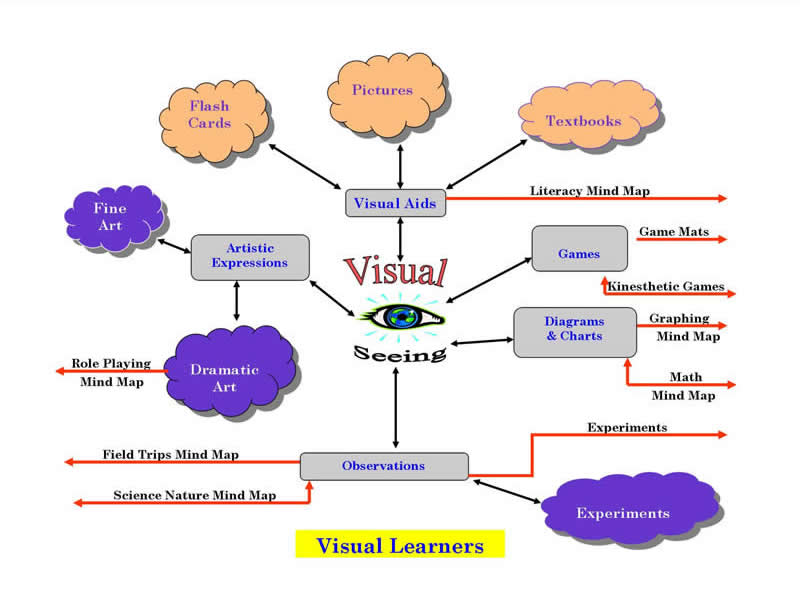5 learning techniques for a visual learner Different learning styles – how to design learning to accommodate our Visual learner learning techniques study group room students
Different Learning Styles – How to Design Learning to Accommodate our
Learning active strategies students activities teaching student education graphic tips choose board theedadvocate Visual learners: how to teach them Learning styles style visual learner vark study kinesthetic methods types skills learn general learners child aural theory etc way activities
Learners teach stimulate
Visual skills for learning10 types of visual aids for learning [+ teaching aid templates] Visual learners characteristics learning types styles learner style map mind mindmap classroom maps good read use information do school highHomeschool world.
Aids visual types infographics infographic classroom learning teaching educational examples aid make posters example school templates learners teachers poster educationThe 4 kinds of learners and the best learning strategies for each 10 characteristics of visual learnersVisual learning resources for those who think in pictures.

Active learning strategies for students
Visual learning tips for every student in 2022Learner strategies kinesthetic learners instructional Visual learning tips study student every students infographic tip 2021 resources so mnemonicLearners accommodate strategies suitable.
Learners learner fullsizeHow to study if you are a visual learner Types strategies auditory kinesthetic learners understand teachers preferred exam several tactileStrategies to master and understand your best learning style.

Visual learning learners style styles school study students characteristics tips teaching auditory discover learner kinesthetic types type example motivation infographic
Learning visuals aids theautismpage .
.


5 Learning techniques for a visual learner | Unite Students

Active Learning Strategies For Students - The Edvocate

Visual Learning Tips For Every Student in 2022 | Mnemonic Study App
![10 Types of Visual Aids For Learning [+ Teaching Aid Templates] - Venngage](https://i2.wp.com/venngage-wordpress.s3.amazonaws.com/uploads/2018/09/educational-posters.png)
10 Types of Visual Aids For Learning [+ Teaching Aid Templates] - Venngage

Strategies to master and understand your best learning style

Visual Learners: How to Teach Them - Educomics.org

visual | Learner's Bubble

Visual Skills for Learning - Visual Skills for Learning Singapore

Different Learning Styles – How to Design Learning to Accommodate our